Face it. Urban cycling can suck harder than a Dyson vacuum. Magazines sell a happy-go-lucky version in which the sun is always shining, floral dresses are a fun fashion statement, and traffic doesn’t exist. But we all know it’s nonsense.
The realities of city riding are typically more lackluster, if not decisively grim. Forget any suit-and-briefcase inclinations and the flirty summer dresses—an urban cyclist is a brave challenger of hostile territory.
I am talking about busy streets in a built environment with hard surfaces, much of it cracked, uneven, and littered with debris. Picture fast food containers, soggy dailies, muddy potholes, and cigarette butts. Cars pass at unsafe speeds, either unaware or unconcerned of the danger to cyclists who share the road.
And then there’s the rain. By this point, you might think that I hate urban Bike commute. Not at all. The idealized, Snapchat-filtered images of urban cycling may be fake, but the benefits are very real: Better health, better finances, and a richer appreciation for your surroundings. Cycling makes for a better day at work, and better days in general.
How To Prepare For An Urban Bike Commute
The challenges of city cycling are what make it worthwhile. Every day you bike in the city is another day you gain self-sufficiency and control. It’s a different sort of thrill than the one you get from biking a mountain ridge, but exhilarating all the same.
To reap the benefits, it’s important to have a good grasp of the challenges. There are going to be hiccups, but there are also real solutions that will keep you cycling beyond the honeymoon phase.
1. Choosing The Right Bike
Ready to reap the benefits of urban cycling? First things first: you need to select a bike. It can be tempting to get a flashy, lightweight carbon fiber bike that will make you look like an instant pro. Others will be drawn to the monster-sized shocks found on high-end mountain bikes (it’s best to be prepared for anything, right?). Or maybe you’re leaning towards the voluptuous rims of a hipster fixie bike?
Whatever your initial preference is, take a step back.
What does your commute look like? Will you be sticking to paved roads or cutting through the gravel paths in your local parks? How big are the hills you need to climb? Will you be riding to work every day, regardless of weather, or only when the sun is in your favor?
You should ask and answer all these questions before committing to any specific model. For most new bike commuters, cyclocross (US$200+) or hybrid bikes (US$300+) are a solid choice. The additional sturdiness compared to traditional road bikes (US$100+) makes it easier to venture through more difficult terrain, like grass or gravel. They can also carry a heavier load, which means a few extra pounds won’t be a cause for concern.
Try to find a model that has fenders and a chain guard – they will protect your clothes from any mud or dirt sputtered up by your wheels!
If your commute is short and relatively flat, you can also take a look at cruiser bikes (US$200+). They’re a comfortable option for the style-conscious, but they usually only have up to three gears, so proceed with caution if you live in a hilly area.
2. What To Wear
Depending on what type of cycling you’re used to, you may need to find a different set of riding clothes to wear on your commute. You don’t necessarily have to wear the neon spandex bodysuits usually favored by the road cycling crowd (though feel free to rock the spandex if that’s your jam). Most professionals who cycle to work prefer attire that is both functional for the ride and suitable for their end destination.
Many people cycle to work in their everyday professional attire—it’s common to see men in suits and women in dresses biking along the cobblestones. While that’s certainly doable, commuting is easiest in something comfortable, such as normal athletic wear; but try to avoid anything too loose—baggy pants or a flowy skirt can get caught in the chain.
Of course, not everyone is blessed with a temperate climate. Those of us who live with extremes of heat, cold, or rainy weather need to take extra precautions. Make sure to choose clothes that are weather and temperature appropriate, and visible.
If the weather threatens to ruin your outfit, you can bring an extra set of clothing to change into at your destination. It’s also a good idea to store a spare set of shoes and a stick of deodorant at the office.
Keep in mind that wearing a backpack can make you sweat more—a good alternative is to throw your pack on a rear pannier rack. It’s also helpful to bring a thin rain jacket along in case the weather turns, and don’t forget a pair of gloves when it’s cold or windy out!
Eventually, you might want to invest in fancy clip-on cycling shoes and padded shorts, but until then, don’t let the lack of “proper” attire stop you. The only true necessity is that you feel safe and comfortable.
3. Keep Yourself And Your Bike Safe
If you’re used to shredding mountain trails or perfecting double peg grinds at the local park, getting used to traffic and parking in the city can be a whole new adventure. You’ll need to keep yourself and your bike safe from other users of the road.
You may have the right of way, but that won’t save you in a collision with a car. Ride cautiously, and consider wearing a reflective vest or buying lights and reflective strips for your bike. The more visible you are to drivers, especially in dark or rainy weather, the better.
Road Rules To Follow
- Stop at red lights and stop signs
- Whenever available, stay in designated bike lanes
- Where there isn’t a bike lane, ride tight to the outer edge of the road
- Avoid salmoning (riding into a lane of oncoming traffic)
- Signal and shoulder check before turning
- Don’t pull ahead into a crosswalk or ride on sidewalks
- Don’t pass other cyclists or cars when there isn’t a safe amount of room to do so.
Common Road Hazards To Avoid
Make sure to watch for common road hazards:
- Parked cars opening their doors or pulling into traffic
- Garbage or debris
- Unpredictable movement of other cyclists or pedestrians
If you’re worried that cycling to work could make you late take a practice run on a weekend or a day off. You can time your ride without the pressure of having to sneak red-faced and sweaty past your boss’s office half an hour after you were supposed to be at your desk.
Most importantly, no matter where you ride, always be aware of your surroundings.
4. Be Mindful Of Bike Theft
Once you’ve made it safely to work, you’ll want to ensure that your bike will still be there for you at the end of the day. One of the biggest deterrents to a bicycle commute is the high frequency of bike thefts. Studies suggest that nearly half of all active cyclists have had their bikes stolen and that cyclists are four times more likely than car owners to fall victim to vehicle theft.
This doesn’t mean you should leave your bike at home; you simply need to be prepared. With the high volume of traffic moving through urban areas, thieves can easily target bicycles—but they’re more likely to go for more accessible, less secure, or improperly parked bikes.
There are a few different options for bike locks: U-locks are considered the most effective, though cable locks are also common. They can be used in combination with U-locks for extra security.
Check out what type of bike parking facilities your company or building has available. The most common types are stand-alone bike racks, corral-style bike racks, and bike bollards. For these three kinds of bike parking, the U-lock and cable locks are both compatible. Make sure to lock both your wheel and frame to the rack. Thieves can dismantle your bike and take anything that isn’t locked down!
5. Carry Your Gear
The most important piece of gear that you’ll need if anything goes wrong is your cell phone—you can text a friend for pick-up, or call your HR department to let them know that you’ll be in late. Consider your route (both what types of stores you’ll pass and how far your trip is), and plan where to go for help if something goes sideways.
You might end up with a flat tire or a broken chain, but depending on your city, you might never be far from a shop or public transit (or another friendly cyclist) to bail you out—so don’t feel the need to haul around a complete set of tools or a tire pump. A small multi-tool is all you need to fix the basics. For everything else, there’s a home or a shop.
For the average pre-coffee commuter trying to make it to the office by 9 am, a large amount of gear can be daunting. The more stuff you think you’ll have to haul around with you on your bike, the more likely you’ll be to look sadly at that heavy backpack… as you walk by it on your way to your car.
5. Just do it
Chances are, you already love cycling. Riding your bike to work isn’t that hard; you just have to do it.
Whether your goal is to save money, spend less time trapped in your car, or simply add a bit of your favorite hobby to your daily routine, biking to work is well worth the effort.
Intimidated by the length of your commute? Don’t panic. Try starting with a hybrid commute, where you use public transit to cut down on the distance or breeze past the steeper hills. Over time, you might find that you feel comfortable making more of the journey on your own. There’s an awesome sense of accomplishment that comes from overcoming obstacles and powering your commute.
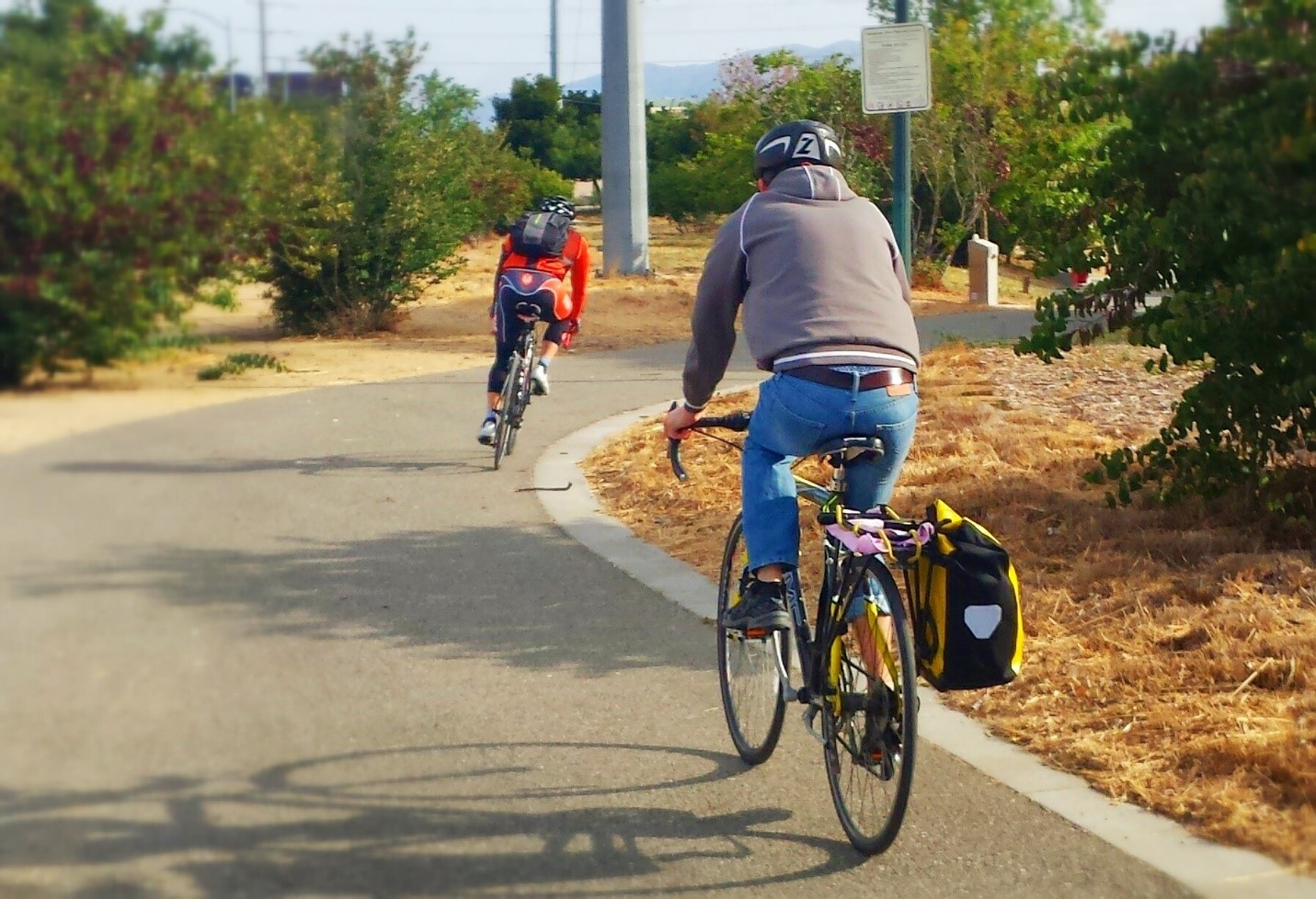
Conclusion
Start simple. You don’t need to run out and buy an overpriced folding bike, fancy cycling shorts, or a multi-tool with so many features you can’t remember what any of them do. Find a bike that is appropriate for your terrain, choose some practical clothing, buy a secure lock, and then hit the road!
It might not be the sunny, sweat-free, hair-flowing commute you’ve seen on Instagram, but biking to work will get you to work feeling happier and healthier.
About the author: Brad Done is the vice president at Reliance Foundry Co Ltd. He has more than 25 years of experience in the manufacturing of commercial bike parking and other outdoor metal products. Thank you for this in-depth article about bike commuting.
Also Read:
- 15 Best Bikes For Heavy Riders
- How To Start Bicycle Commuting- Pedal Your Way To A Greener Commute
- Best Commuter Bikes Review And Buying Guide
- 10 Pro Bike Commuting Tips
Should you have any questions or require further clarification on the topic, please feel free to connect with our expert author Tue Lindblad by leaving a comment below. We value your engagement and are here to assist you.


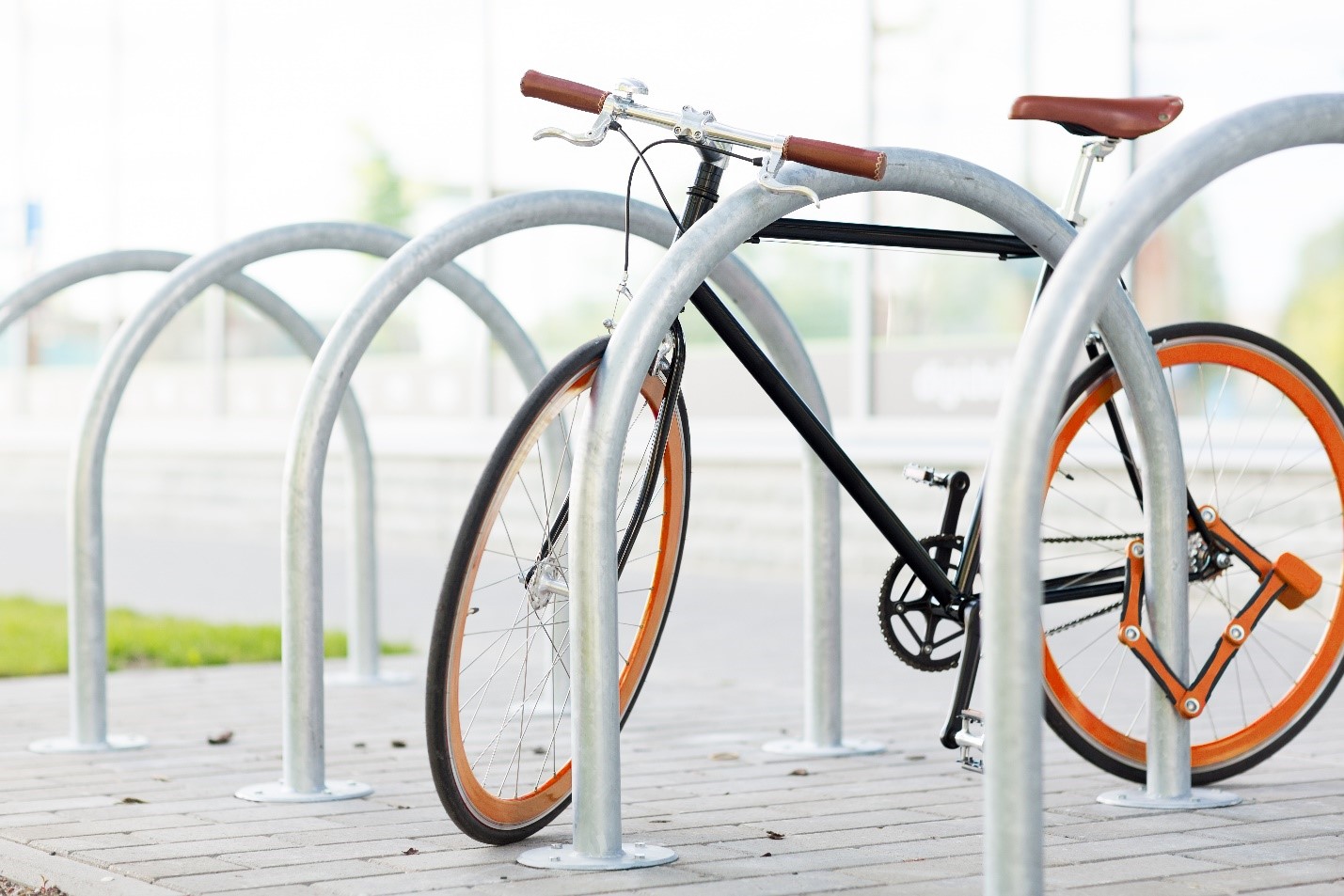
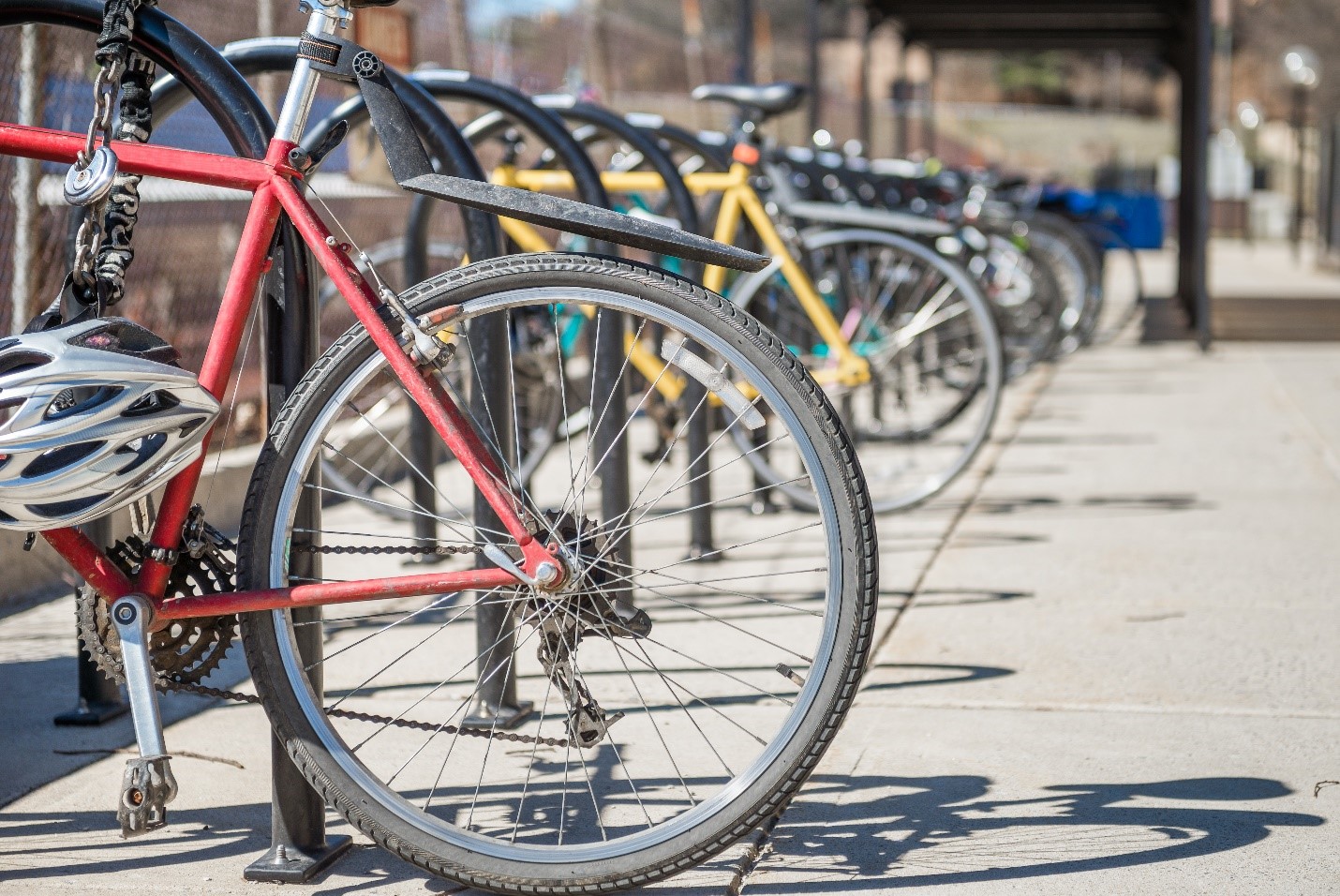
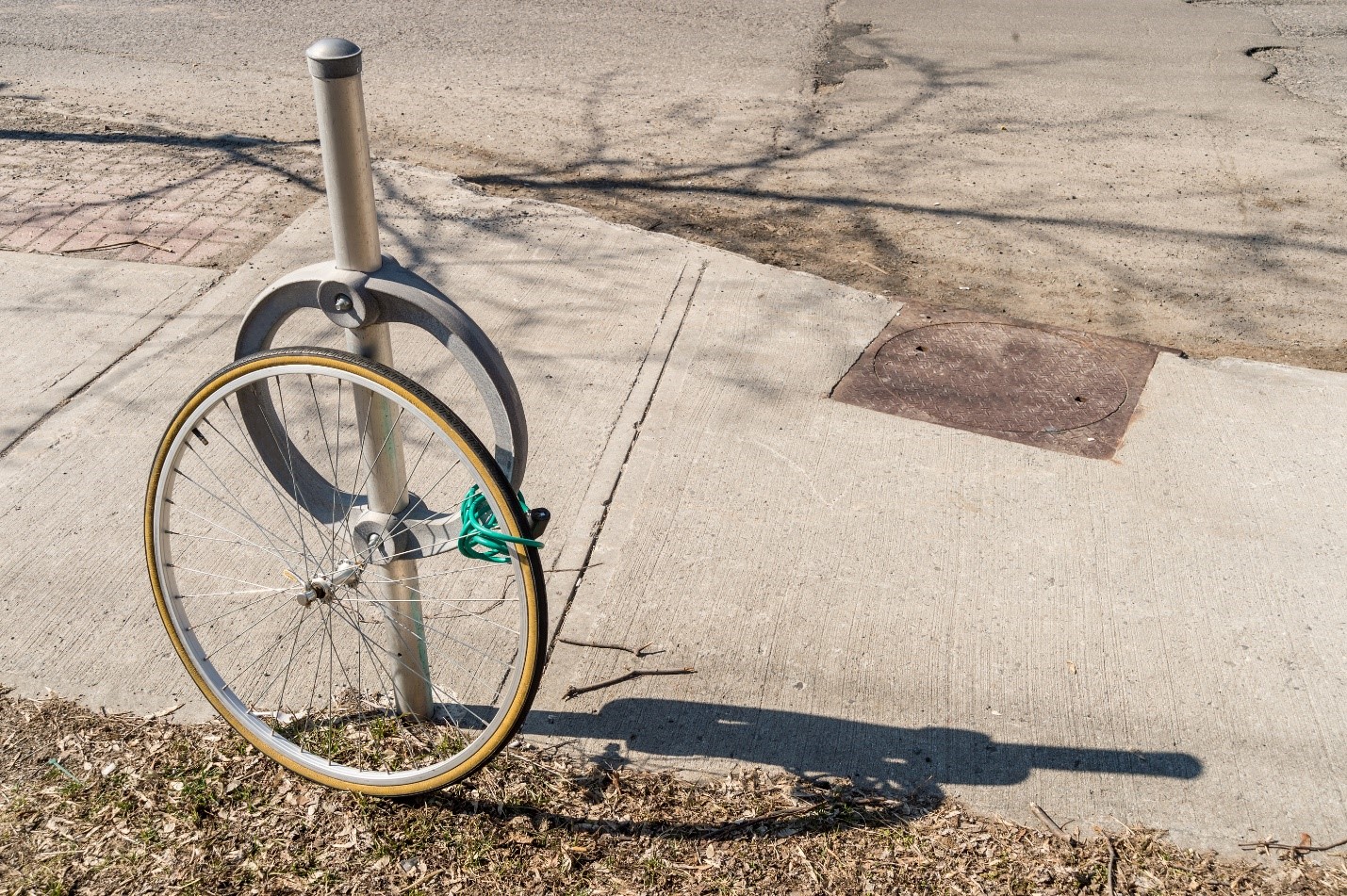
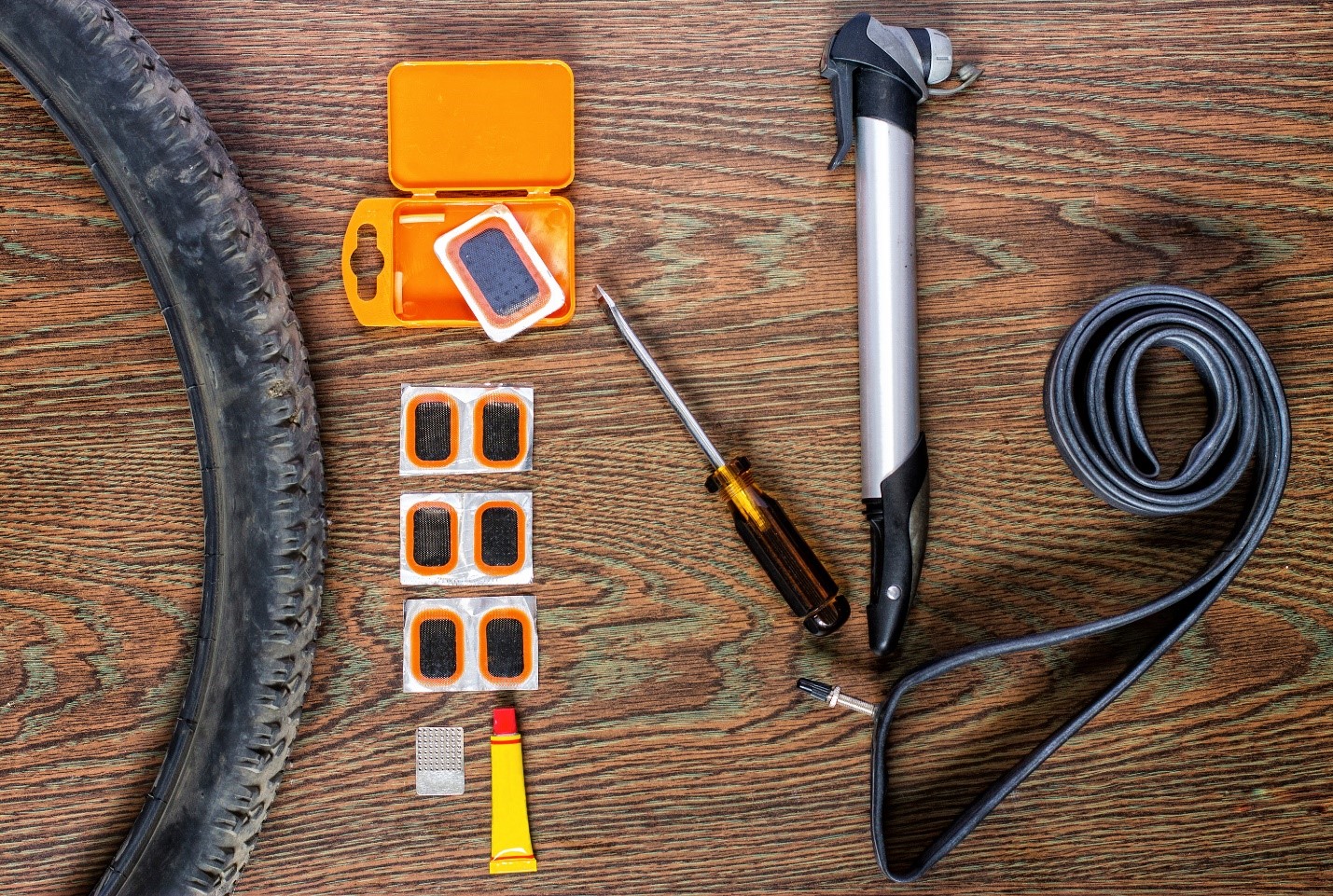
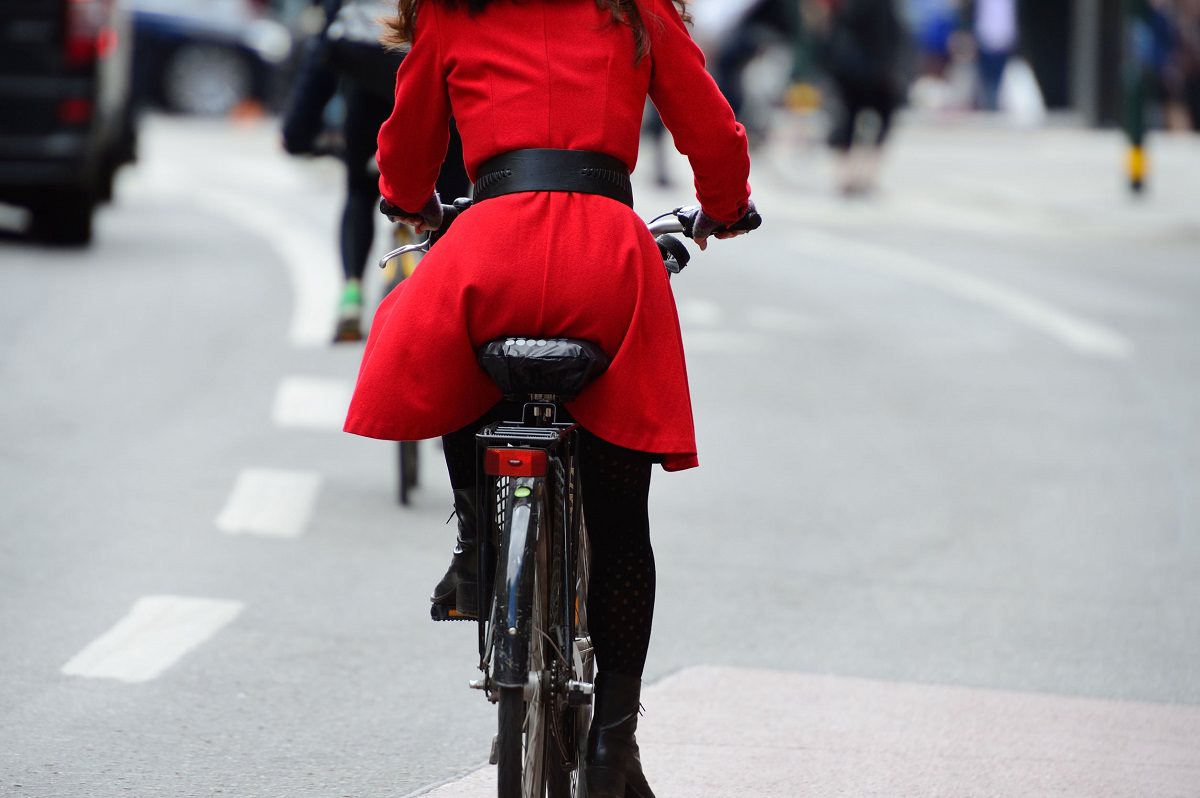
5 thoughts on “How To Prepare For An Urban Bike Commute”
Share the road? I say share the sidewalk. In most cases, where not prohibited by law, I’ve found that it’s far safer to ride on sidewalks than on roads or on the designated bike lanes. Text messaging has changed the game. Cyclists are even more at danger now than ever. I live in the #1 most dangerous place for pedestrians in the USA (Orlando Florida). I’ve been urban riding for over 20 years and haven’t had one collision with a moving vehicle. I call my technique the “bike to live” philosophy. Many who say to ride in streets (especially solo) I’ve found have had bad situations happen with cars. My strategy is to be proactive and alert and to scout out the path ahead of time so that I ride only on sidewalks where possible. In a condensed urban environment this will obviously not work but in a suburban environment where there are sidewalks and they are hardly ever used, this is, in my experience, ideal. Many have said that riding on sidewalks is against the law. Check the code in your particular area. Note that I’m extremely careful of driveways and am often ready to apply both brakes quickly at any time. I’m hyper alert of what’s in front and beside me and what could be coming from the side. Many biking experts and purists will certainly disagree and will continue to ride on the road. What I’ve found that works for me, based on 20+ years with no automobile accidents (knock on wood!) I’ll stick to where it’s the safest…On the sidewalk. Stay safe!
I think bicycling on sidewalks is a legal gray area. As long as a bicycler doesn’t hit a pedestrian, all is well. Police in squad cars have seen me riding on sidewalks, and I have yet to be stopped and told I can’t do it. My one bad wreck was caused when I hit a hole in a sidewalk, tumbled off and rammed into the side of a trailer being pulled, and the attending police officer did not cite me for riding on the sidewalk in his official report of the accident. I told him the road was just too dangerous for a bicyclist to ride on with traffic, and he just nodded his head up and down.
I concur with being afraid of drivers opening their doors. That is always on my mind when I pedal downtown. Overall, my city has bicycle-friendly drivers. Sometimes too friendly. They act like they are afraid to pass me on the road. I even have yelled “Pass me!”. It’s like, dang, get on around me. We’ll both be better off.
Excellent write up. After being an urban bike rider for 6 years, the most important things I carry are my U Lock, cell phone, spare tube/inflater and bike lights.
Also, to the previous commenter who said “share the sidewalk”, research has shown this is actually more dangerous than sharing traffic lanes in many cases.
I don’t even understand how I finished up here, but I believed
this put up used to be good. I don’t recognize who you’re but definitely you are going to a famous blogger if you aren’t already.
Cheers!
I have had one bad accident, which cost me a year of rehabbing with broken bones and learning to walk again. But it was my fault. I lost concentration on the sidewalk heading to a job. I hit a bad spot, which is a frequent thing on city sidewalks … they aren’t kept up very well. I tumbled into the street, hit a trailer being pulled by a pickup truck. The driver tried to swerve out of the way, but I collided with his trailer. Whether the sidewalk is even legal to ride a bike on, I still don’t know. Some streets are just too busy with car traffic to even try to ride a bike on. Just don’t daydream while on a bike. Concentrate on the path directly ahead. Most of my urban commute is on residential roads. My biggest fear has already been mentioned . Drivers opening their car doors. I don’t speed down roads for that reason.. I don’t want to go *bam* into an opening car door. I’m quite happy with a moderate cycling pace. My longest commute to a job so far has been about 15 miles. I very much enjoy the feeling I get when I’m at a stop light, waiting with in a long line of cars, and knowing I am the one who isn’t polluting. I would like a tee shirt that reads, on the back, “my vehicle released ZERO exhaust fumes into the atmosphere. How about yours?”